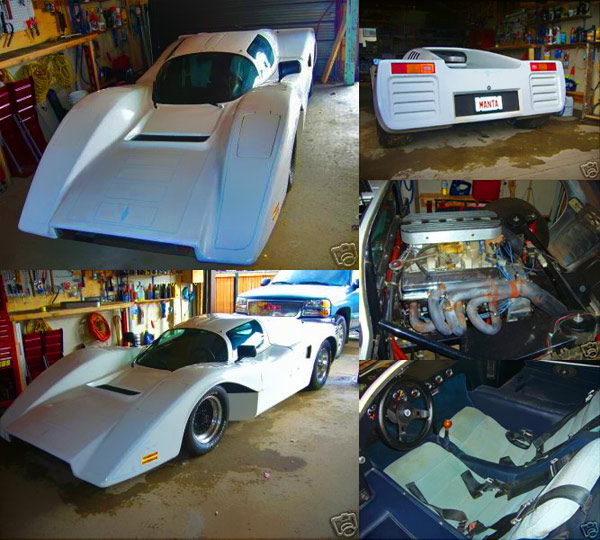First, in random browsing of hurdy gurdy videos, I came across the “Singing Dragon” busker performance recorded on the New York subway. If you’re interested in it, it’s from a blog on the subject with more clips and interviews with various street performers.
There was an entry posted to the new ModBlog earlier today about magnetic implants and rock climbing, saying that you could do things like that without putting them at risk. This worried me a little because the reality is that this is one of the things that could put magnetic implants at risk, and I feel that one of BME’s roles should be to inform people of risks so that they can engage in body modification with full knowledge of what the issues are.
I posted a comment about it — which unfortunately like all my other comments got deleted — and they amended the entry with a slight addition, but without full info. I tried following it up, but unfortunately that comment got censored as well. Since BME doesn’t feel that my feedback on this is on-topic with body modification or otherwise something they think should be included in their discussion on magnetic implants, I figure I’ll repeat my comment here.
As I mentioned before the entry was amended to mention the issue of risks, this was/is irresponsible for BME to present as completely safe. As has been addressed in the past, it’s specifically these types of forces (specifically, shearing forces) on magnetic implants that are most likely damage the silicone sheath. As some may recall, one of my magnets was damaged by opening a pickle jar (ie. shearing forces) and had to be removed.
Dipped magnets are HIGHLY susceptible, but even the stronger cast magnets can be damaged — it only takes a tiny tear. They’re not indestructible and must be treated as a volatile substance inside a sheath that has some level of fragility. I’m not saying people should restrict their activities if they understand the risks, but they HAVE TO understand the risks and have to understand that some activities will test the sheath more than others.
Trust me, removing them is NOT fun (there are photos of this both in my magnetic implant article series on BME [1 2 3 4 5] and on my blog [1 2 3 4 5 6]) — and not something you’d want to attempt solo if your practitioner doesn’t live nearby.
As a side note, while the magnets break down once the silicone is compromised and they lose the ability to sense EM fields on the whole, they do realign slightly over time and regain some sensitivity to powerful fields. Both Quinn and I have had this experience (and it was quite surprising).
I thought it had been added to BME/Risks previously, but perhaps someone with access to the Wiki could update the entries there to reflect these issues. Magnetic implants are an amazing experience and I highly recommend them for those who appreciate the potential problems, but they need to be treated as something with serious potential for failure.
(Links added now; they weren’t in the original post).
I should add here that Fred, who’s the one in the photo in the entry, actually has a titanium coated magnet (which is mentioned in the last article I wrote on them for BME, which includes him), so he is actually never going to shear the coating off his, but titanium-coating is not the norm.
Anyway, in the interest of being responsible, if you’re going to do experimental surgery on yourself, I hope it’ll happen with the fullest understanding of the risks involved. If the folks at BME change their mind about including the above information, I certainly give permission to include any information I’ve published to date on my blog here including photos in the BME wiki in order to further this goal. Good luck to anyone interested in magnetic implants, but do be careful — they are not invincible.







